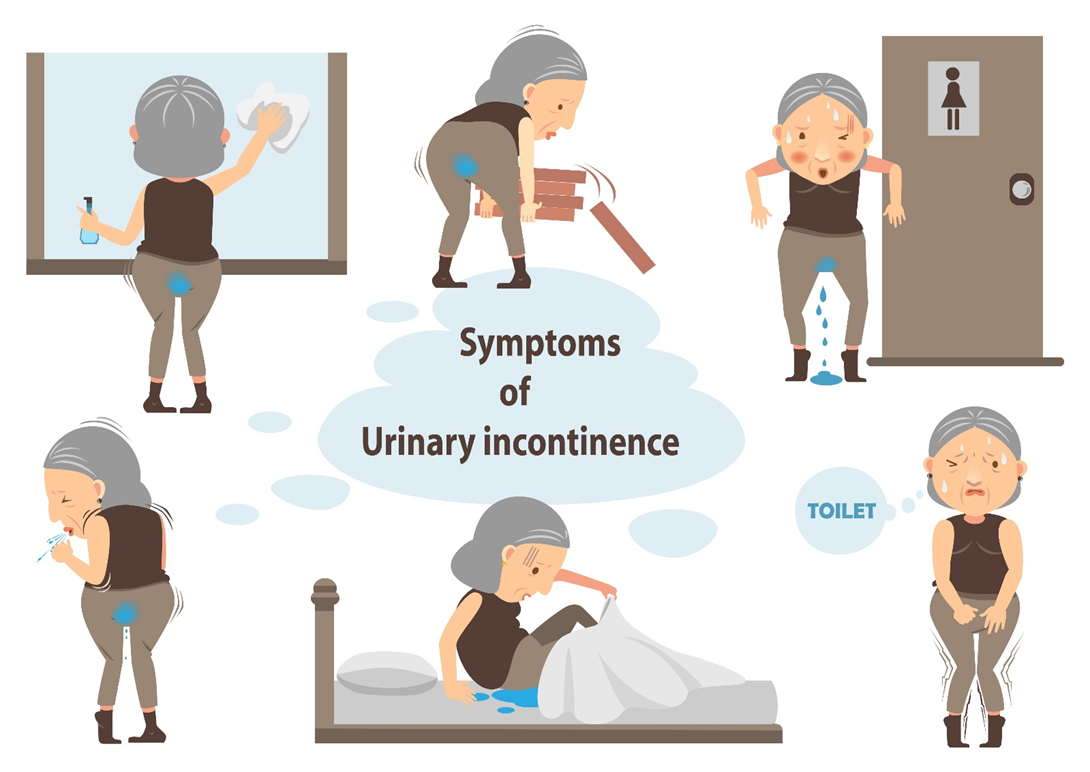When educating a client on the use of an adjuvant medication, which statement best demonstrates the nurse’s understanding of this therapy?
These drugs are used in combination with analgesics to increase the effect of the analgesics.
Adjuvant medications are prescribed because they seldom cause any significant side effects.
These medications are used instead of opioids to decrease the likelihood of addiction.
These types of medications are used to eliminate the side effects of opioid medications.
The Correct Answer is A
Choice A reason: This statement is correct, as adjuvant medications are drugs that are not primarily intended for pain relief, but can enhance the analgesic effect of other pain medications. Examples of adjuvant medications are antidepressants, anticonvulsants, or corticosteroids.
Choice B reason: This statement is false, as adjuvant medications can have significant side effects, depending on the type and dose of the drug. Some common side effects are drowsiness, nausea, dry mouth, or weight gain.
Choice C reason: This statement is misleading, as adjuvant medications are not used instead of opioids, but rather as an adjunct to opioids or other analgesics. Adjuvant medications can help reduce the dose of opioids needed to achieve pain relief, but they do not replace them entirely.
Choice D reason: This statement is inaccurate, as adjuvant medications are not used to eliminate the side effects of opioid medications, but rather to treat the underlying cause or mechanism of pain. Adjuvant medications can target different types of pain, such as neuropathic, inflammatory, or visceral pain.
Nursing Test Bank
Naxlex Comprehensive Predictor Exams
Related Questions
Correct Answer is ["B","C","D"]
Explanation
Choice A reason: Recommending an indwelling urinary catheter is not a good option, as it can increase the risk of urinary tract infections, bladder spasms, and catheter-associated complications.
Choice B reason: Prompted voiding is a technique that involves reminding or prompting the client to void at regular intervals, usually every two to four hours. It can help reduce the frequency and severity of urinary incontinence episodes.
Choice C reason: Scheduled voiding is a technique that involves setting a fixed schedule for the client to void, regardless of their urge or need. It can help prevent bladder overdistension and leakage.
Choice D reason: Pelvic floor muscle exercises, also known as Kegel exercises, are exercises that involve contracting and relaxing the muscles that support the bladder, urethra, and other pelvic organs. They can help strengthen the pelvic floor muscles and improve bladder control.
Choice E reason: None of the above is not a correct answer, as there are three choices that are appropriate for helping the client with urinary incontinence.

Correct Answer is ["A","B","C","E"]
Explanation
Choice A reason:
It is important for the client to document any difficulty starting or stopping the urinary stream as this can indicate potential issues with bladder function or muscle control.
Choice B reason:
Documenting the character of the urine, such as color and odor, can provide valuable insights into potential underlying health issues, such as dehydration or urinary tract infections.
Choice C reason:
The ability to reach a toilet and use it is crucial information as it helps in understanding the client's mobility and accessibility to restroom facilities, which can impact her urinary patterns.
Choice D reason:
Although not listed, it's essential to note that having a bowel movement at the same time can also provide insights into potential underlying issues and patterns related to urinary incontinence.
Choice E reason:
The amount and timing of fluid intake and urine output are imperative to track as they can reveal patterns and potential triggers for urinary incontinence, aiding in the development of an effective management plan.
Whether you are a student looking to ace your exams or a practicing nurse seeking to enhance your expertise , our nursing education contents will empower you with the confidence and competence to make a difference in the lives of patients and become a respected leader in the healthcare field.
Visit Naxlex, invest in your future and unlock endless possibilities with our unparalleled nursing education contents today
Report Wrong Answer on the Current Question
Do you disagree with the answer? If yes, what is your expected answer? Explain.
Kindly be descriptive with the issue you are facing.
